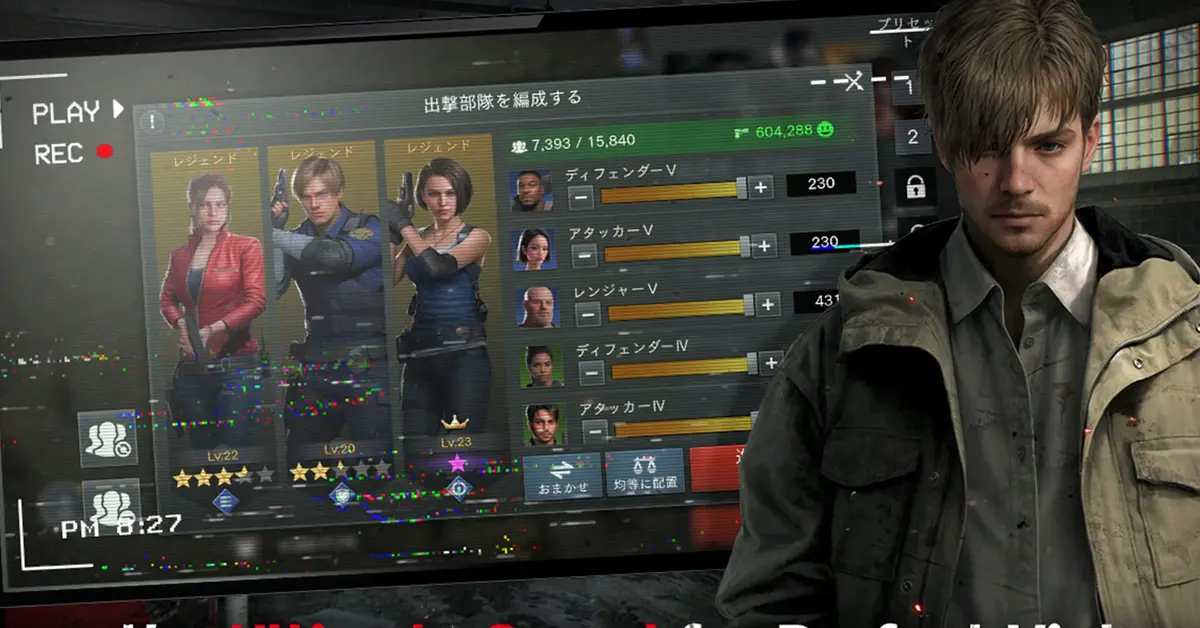In one of the largest consumer refund settlements in recent years, the Federal Trade Commission (FTC) has begun sending out more than $126 million in refunds to Fortnite players who were charged for unwanted in-game purchases. This marks the second round of payments in the FTC’s major enforcement action against Epic Games, the developer behind the wildly popular battle royale game.
The refunds are part of an ongoing process that stems from a 2023 settlement between the FTC and Epic Games, where the company agreed to pay $520 million over allegations of deceptive business practices and privacy violations, particularly impacting children and teens.
Why Are Fortnite Players Getting Refunds?
The FTC’s investigation found that Epic Games used “dark patterns”—manipulative user interface designs—to trick players into making purchases they didn’t intend to make. In many cases, simple button layouts, confusing menu structures, or accidental clicks would result in real-money transactions without the user’s full understanding or consent.
This issue especially affected young players, many of whom unknowingly made large in-game purchases using their parents’ credit cards. Parents often found out about these charges only after the fact, sometimes facing significant financial loss.
In addition, the FTC criticized Epic for locking the accounts of users who disputed unauthorized charges with their credit card companies. Players who tried to reverse these charges often found themselves barred from accessing their Fortnite accounts and previously purchased content—a move the FTC deemed unfair and coercive.
Breaking Down the Refund Process
The Second Wave of Payments
The latest refund rollout, conducted on June 25 and 26, 2025, sent out approximately 969,000 payments through checks and PayPal. This second wave totaled over $126 million in refunds, following an initial batch of payments worth around $72 million in December 2024.
So far, nearly $198 million out of the $245 million Epic Games agreed to refund has been distributed to affected players. The remaining funds—about $47 million—are expected to be paid out in future refund rounds.
Who Is Eligible?
The FTC outlined several criteria for those who qualify for a refund:
- Unwanted Charges: Players who were charged for unwanted in-game purchases between January 2017 and September 2022.
- Child Purchases: Parents whose children made unauthorized Fortnite purchases between January 2017 and November 2018.
- Account Lockouts: Players who were locked out of their Fortnite accounts after disputing charges during the same January 2017 to September 2022 period.
Even if you missed the first refund deadline, you still have a chance to apply. The current claim deadline is July 9, 2025.

How to Claim Your Refund
If you think you might be eligible for a refund, here’s what you need to do:
- Visit the FTC Refunds Page: The FTC has set up an official website for the Fortnite refund process. You can find the details and file your claim here.
- Provide Necessary Details: You’ll need to enter either your unique claim number (if you received a notice) or your Epic Games account ID. Make sure to double-check your payment history to confirm your eligibility.
- Choose Payment Method: Refunds are being issued via PayPal or mailed checks. If you select PayPal, you’ll need to claim your refund within 30 days. If you opt for a check, you must cash or deposit it within 90 days of issuance.
The Bigger Picture: Epic’s $520 Million Settlement
This refund process is part of a much larger FTC enforcement action against Epic Games. In December 2022, the company agreed to pay a record-breaking $520 million settlement over:
- $245 million for consumer refunds related to deceptive purchasing practices.
- $275 million to resolve allegations of Children’s Online Privacy Protection Act (COPPA) violations, which included collecting personal data from children under 13 without proper parental consent.
The FTC called out Epic for implementing a default setting that enabled voice and text chat for children and teens by default, exposing them to potential harassment and abuse.
The case serves as a significant warning to companies about the dangers of dark patterns and privacy negligence—especially when young users are involved.
Why This Matters for Gamers and Parents
For many Fortnite players and their families, this refund is not just about recovering money—it’s about holding game developers accountable for ethical design and transparent billing practices.
Fortnite’s case has brought widespread attention to:
- Dark Patterns in Video Games: A growing issue where companies design game interfaces in ways that nudge or pressure users into making purchases.
- Children’s Privacy: The importance of companies complying with child protection laws and building safer digital spaces for young players.
- Consumer Rights: The ability for players to dispute unfair charges without fear of losing access to their accounts or content.
The FTC’s aggressive stance signals that regulators are ready to crack down on companies that exploit gamers—particularly children—through deceptive or careless business practices.
Final Thoughts
If you or your child made unwanted purchases in Fortnite during the eligible periods, don’t miss your chance to file a refund claim before July 9, 2025. This is a unique opportunity to receive compensation and be part of a broader push for consumer protection in the gaming world.
The Fortnite refunds story is a turning point that could reshape how developers approach in-game monetization, particularly in games popular with younger audiences. With the gaming industry under increasing scrutiny, players now have more tools and regulatory support to fight back against unfair practices.
For full details and to file your claim, visit the official FTC Fortnite refund page here.
Don’t forget to checkout our Top 10 Stellar Blade Mods You Probably Shouldn’t Be Playing at Work, How to Boost Your Xbox Game Performance: Real Tips That Actually Work, ROG Xbox Ally vs Xbox Ally X: Specs, Price, and What Makes Them Different for more fun gaming.













